(CLO) Drone training programs in China are becoming popular as job opportunities in the industry expand.
Aiming for a higher-paying job in logistics, Bai Wuhen joined a full-time training program in Shenzhen with the aim of obtaining a drone pilot license.
The 28-year-old, who previously worked in the hotel industry, wanted to be able to fly medium-sized drones beyond line of sight, a skill that is in high demand in China's booming drone delivery sector.
“I want to become professional, especially as the industry is becoming standardized. Getting a license is the first step,” he said.

Preparing to control a drone in Shenzhen. Photo: Xinhua
Demand for remote pilot certifications is rising as Chinese workers and graduates pursue emerging jobs related to operating drones, as Beijing promotes the development of a low-altitude economy , seen as a new growth engine for the world's second-largest economy.
“I find drones really interesting. They combine with technologies in many different areas, like agriculture and mapping,” he said.
The training center where he is learning the skill, run by Shenzhen-based Global Hawk UAV Company, has seen a surge in the number of students over the past year, according to founder Yu Jingbing.
"The number of trainees we have taken on this year is much higher than last year and we expect the number for the whole year to double last year," he said, adding that there are so many trainees that "we are actually short of instructors."
The Zhifei training center in Shanghai said it also saw a "sharp increase" in the number of students since this summer.
Most students are seeking certification to meet requirements for certain positions in the military or in government agencies that are actively using drones, one employee said.
The surge in trainees is due to a significant increase in companies' demand for talent, driven by new applications of drones in areas such as logistics, tourism, aerial surveying and electrical inspection, according to Mr. Yu.
China's low-altitude economy, which includes manned and unmanned operations at altitudes of up to 1,000 meters, is currently facing a shortage of about 1 million skilled workers, Li Chunlin, vice chairman of the National Development and Reform Commission, said at a press conference last month.
Expected to create new jobs, drive technological innovation and energize the economy, the term was included in Premier Li Qiang's government work report presented in March as a strategic emerging industry.
According to the Civil Aviation Administration of China (CAAC), as of the end of June, China had only 225,000 people officially licensed to operate UAVs.
But China Air Transport Association president Wang Changshun said at a forum in Beijing on October 28 that as of the end of September, there were more than 2 million UAVs registered with the CAAC.
Mr Yu estimates that if unregistered UAVs are included, there are at least 3 million in use. “We are now in dire need of licensed professionals who can not only fly drones but also repair and maintain them,” he said.
In recent years, Chinese authorities have stepped up oversight of the booming drone industry, acknowledging its role in driving economic growth.
Regulations that came into effect at the start of the year state that operators of small, medium and large drones must have a civil aviation license unless they fly light aircraft models below 120 metres in unrestricted airspace.
Ngoc Anh (according to SCMP)
Source: https://www.congluan.vn/nhu-cau-ve-nguoi-dieu-khien-may-bay-khong-nguoi-lai-tang-vot-o-trung-quoc-post321831.html







![[Photo] Opening of the 14th Conference of the 13th Party Central Committee](https://vphoto.vietnam.vn/thumb/1200x675/vietnam/resource/IMAGE/2025/11/05/1762310995216_a5-bnd-5742-5255-jpg.webp)


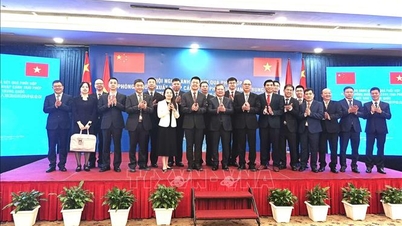























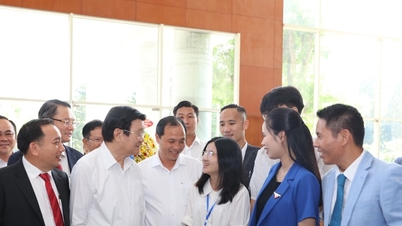
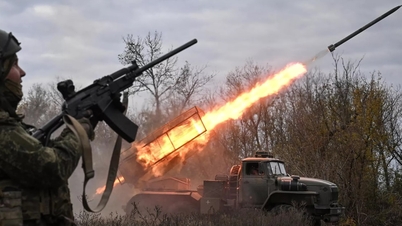



![[Photo] Panorama of the Patriotic Emulation Congress of Nhan Dan Newspaper for the period 2025-2030](https://vphoto.vietnam.vn/thumb/1200x675/vietnam/resource/IMAGE/2025/11/04/1762252775462_ndo_br_dhthiduayeuncbaond-6125-jpg.webp)















































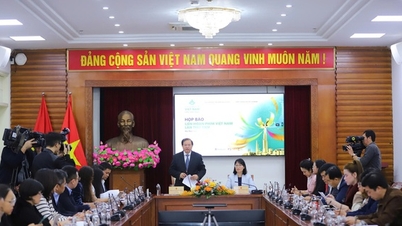





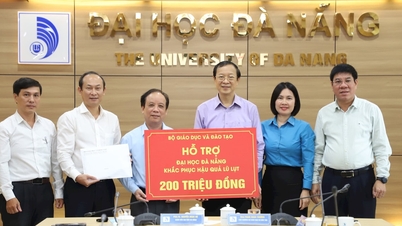





















Comment (0)